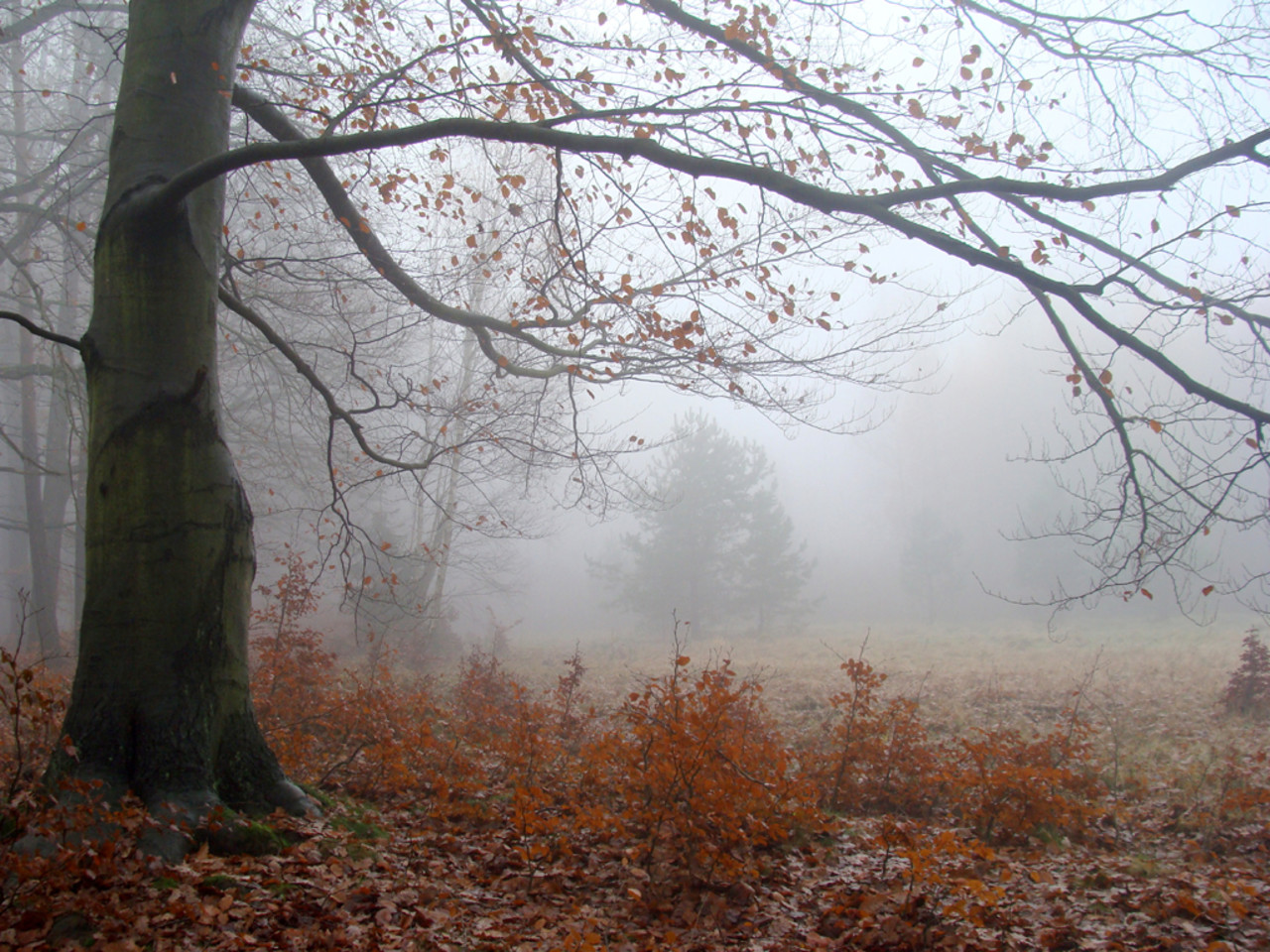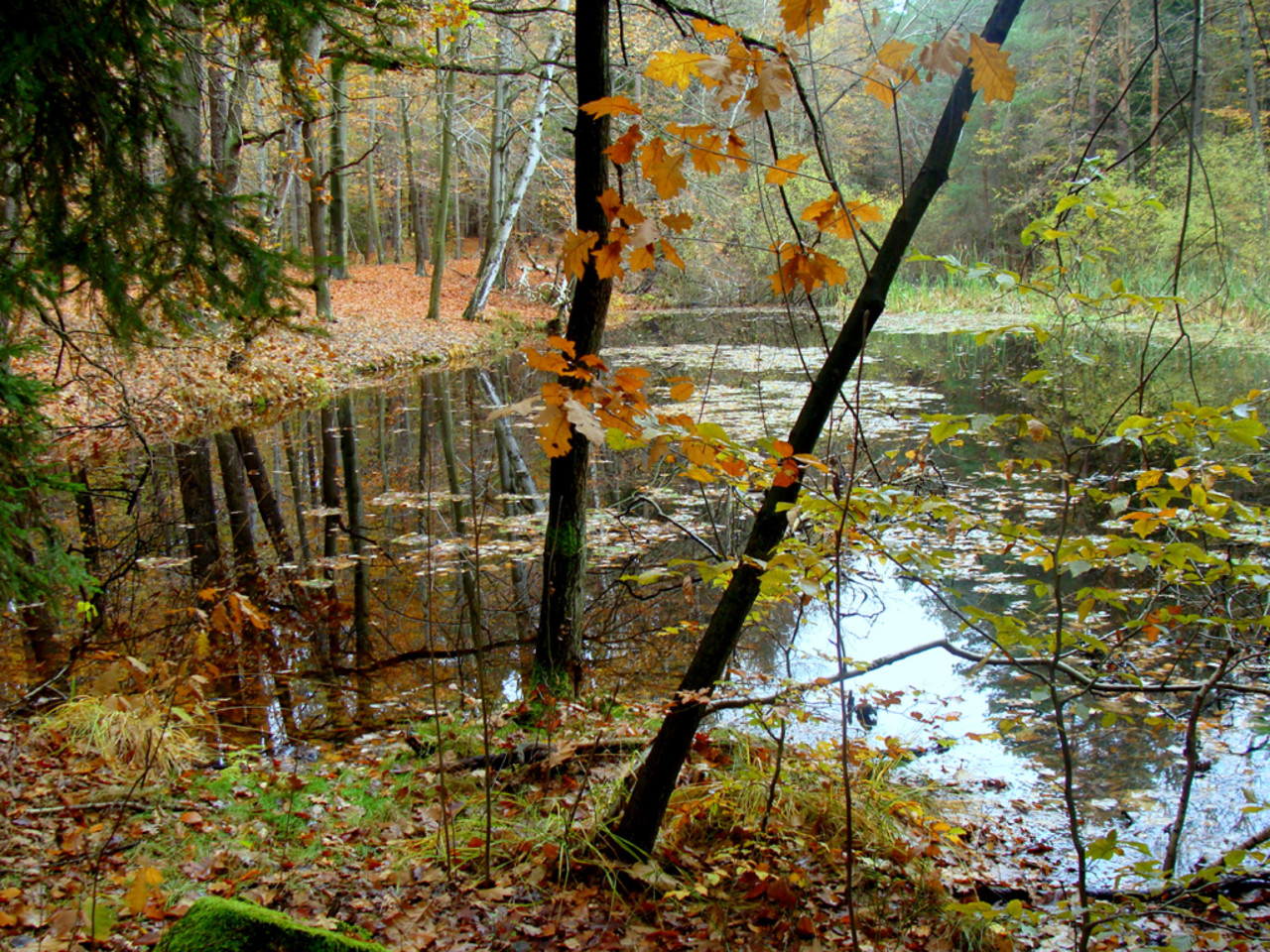
Wine Tasting
What is the which means of wine tasting?
Wine tasting is a sensory exercise that involves the evaluation of wine via various features. It engages your senses to appreciate and identify the distinctive characteristics and qualities of various wines.

- Sight: Observing the color, clarity, and viscosity of the wine.
- Smell: Swirling the wine in a glass to release its aromas and then inhaling to determine different scents.
- Taste: Taking a sip to discover the flavors, textures, and stability of the wine.
- Finish: Noting the aftertaste and how lengthy the flavors linger on the palate.
Overall, wine tasting isn’t just about consuming wine but entails a deeper appreciation of its complexities and subtleties.
Steps in Wine Tasting
- Preparation: Gather the mandatory instruments – wine glasses, palate cleansers, and a notepad if desired.
- Examine: Observe the wine’s look within the glass.
- Swirl: Gently swirl the wine to show it to air.
- Smell: Bring the glass to your nose and take a deep inhale.
- Taste: Sip the wine and let it coat your palate.
- Reflect: Take notes and share your impressions.
Wine tasting is normally a fun and academic expertise, whether or not done alone or with others, and allows individuals to develop their palate and respect the diversity of wines available.
What is the method of wine tasting?
Wine tasting is an art that entails a structured strategy to savoring the complex flavors, aromas, and textures of wine. Below is a methodical approach to conduct a wine tasting:
1. Look
Begin by analyzing the wine in your glass. Hold it in opposition to a white background to observe its color and clarity. Take note of the wine’s viscosity, which can point out its body.
2. Swirl
Gently swirl the wine within the glass. This motion releases the wine’s aromas. It allows oxygen to interact with the wine, enhancing its fragrance.
3. Smell
Bring the glass to your nose and inhale deeply. Try to identify completely different aromas. They can vary from fruity, floral, herbal, to earthy notes. This step is crucial as the sense of smell plays a significant function in flavor notion.
4. Taste
Take a small sip of the wine, allowing it to coat your palate. Focus on its flavors, acidity, sweetness, tannin levels, and body. Consider how these parts steadiness and interact with each other.
5. Evaluate
Finally, replicate on the wine’s overall profile. Assess the finish — how long the flavors linger after swallowing. Think in regards to the wine’s complexity and whether or not you loved it.
By following this methodology, you’ll find a way to improve your wine tasting experience and develop a deeper appreciation for different wines.
How to know wine tasting?
Grasping the artwork of wine tasting involves understanding the sensory features of wine and refining your palate. Here are some steps that can help you learn how to style wine successfully:
1. Prepare Your Environment
- Choose a well-lit space to watch color.
- Ensure the space is free from sturdy odors that might intervene with your tasting experience.
2. Use the Right Glassware
Using a proper wine glass helps in concentrating the aromas. Opt for 오피커뮤니티 a glass that is clear and has a tulip form.
3. Observe the Wine
- Visual Assessment: Hold the glass in opposition to a white background to see the wine’s colour and readability.
- Swirling: Gently swirl the wine to release its aromas.
4. Smell the Wine
Take a moment to inhale the aromas. Try to determine different scents.
- Fruits, spices, herbs, and other aromatic notes may be detected.
- Focus on each the initial aromas and those who emerge after swirling.
5. Taste the Wine
- Initial Taste: Take a small sip and let it sit in your tongue.
- Identify Flavors: Try to pinpoint the flavors you experience.
- Texture and Body: Consider whether or not the wine is light, medium, or full-bodied.
6. Evaluate the Finish
Take note of the aftertaste. A longer finish is usually an indicator of a higher high quality wine.
7. Take Notes
Recording your thoughts on different wines might help refine your palate over time. Include:
- Wine name and vintage
- Aroma and taste notes
- Overall impression, together with mouthfeel and finish
8. Practice Regularly
The extra you style, the better you’ll turn out to be at identifying completely different traits in wine. Join wine tasting occasions or create your individual tastings with associates.
With time and experience, you will develop a deeper understanding and appreciation of wine. Happy tasting!